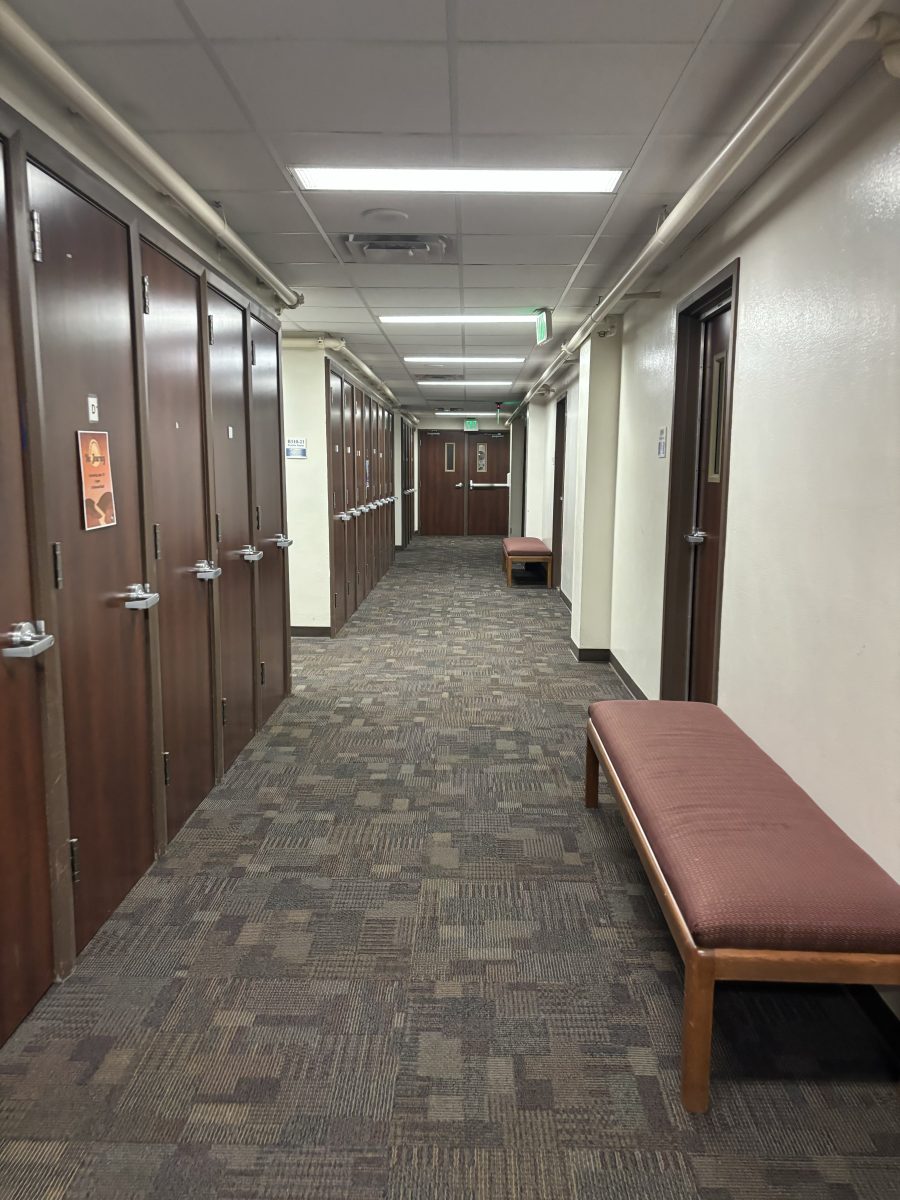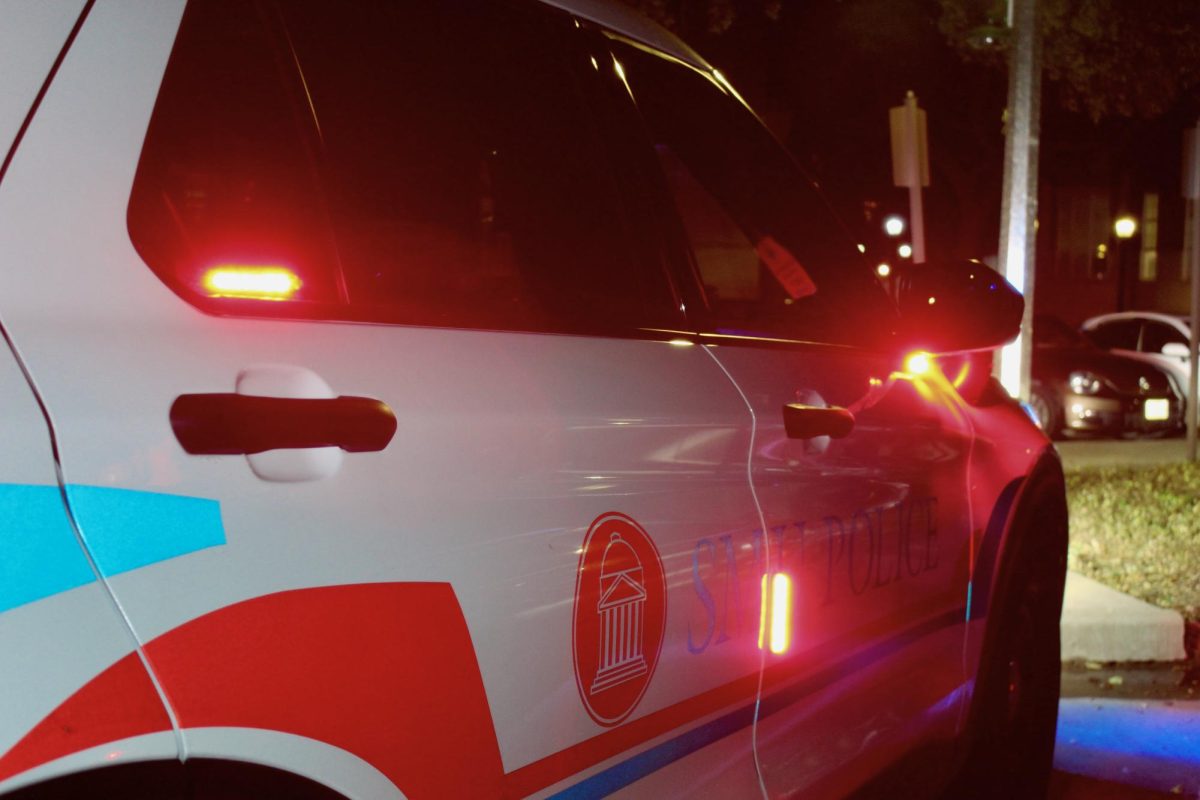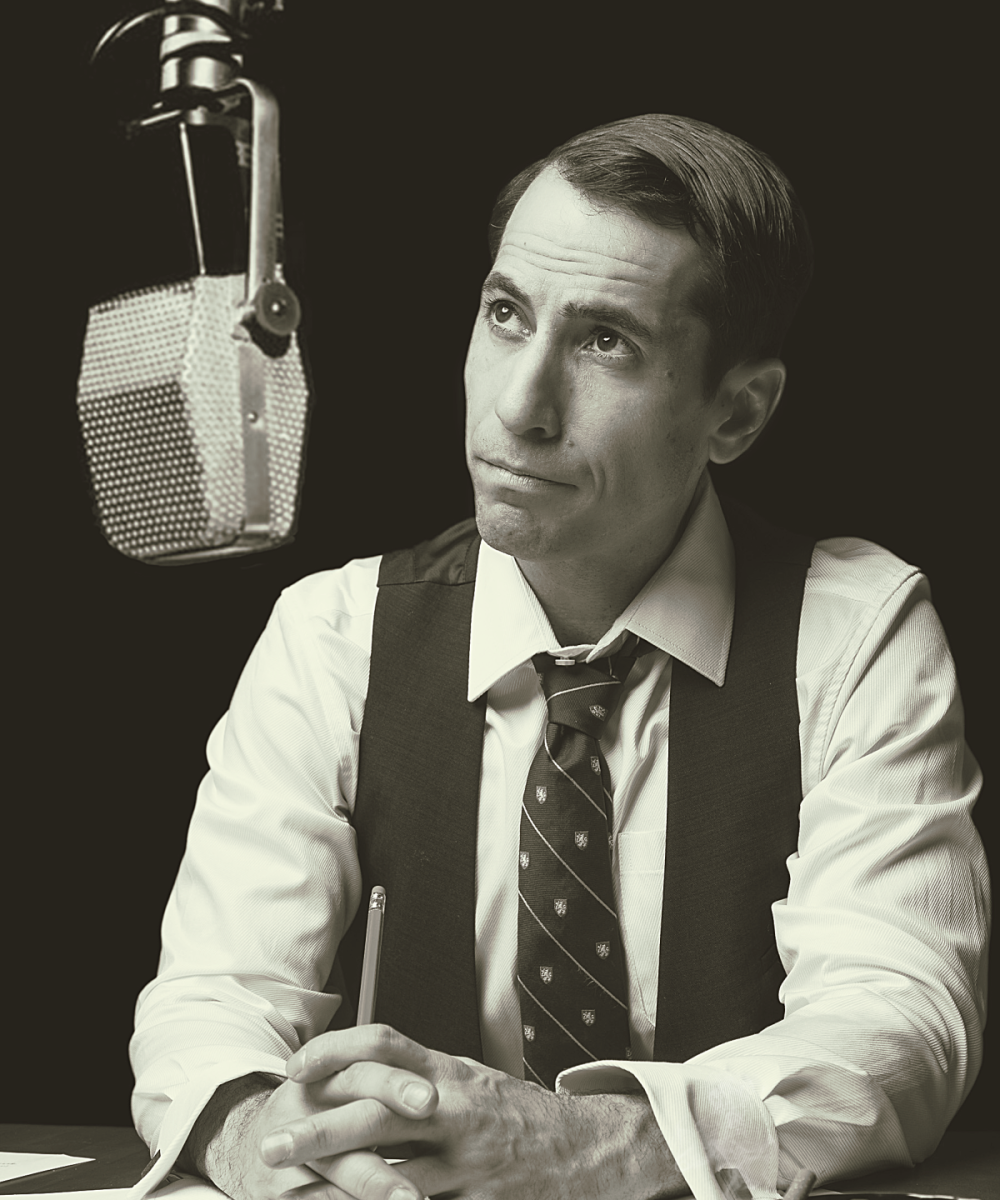Serene eyes watch the museumgoer. Immortalized in stone, frozen faces silently observe those who view them. They are tangible memories to a distant past.
The Meadows Museum is currently showcasing the exhibit “Echoes of the Past: The Buddhist Cave Temples of Xiangtangshan.” The exhibit displays different statues, pictures and engravings from the Buddhist temples at Xiangtangshan. The exhibition began on Sept. 11 and will run through Jan. 8.
Nicole Atzbach is the assistant curator of the Meadows Museum. She believes that the objects in the exhibit have a way of bringing the world closer together. They also show that humans are a lot more similar than they are different.
“You’re able to see that when you look at these objects and you can compare a lot of their iconography, the halos and hand gestures, with objects from the western world,” Atzbach said.
Ruben Habito is the Professor of world religions and spirituality at SMU. He believes that the exhibit can stretch a student’s mind.
“Be opened to the spiritual horizons of a people of a different geographical area and culture, in a way that heightens our sense of being members of a global family,” he said.
According to the information accompanying the display, the temple caves were carved into the side of a mountain in northern China. Emperor Wenxuan who founded the Northern Qi dynasty sponsored them. Construction began on the caves in 550 a.d.
According to Atzbach, the objects were originally taken from Xiangtangshan in the period between 1910 and 1930. The objects were then sold by dealers and are now permanently housed in private and public collections around the globe.
Ruben said that the exhibit uncovers a realm of spiritual treasures.
“From an ancient culture that can enrich our contemporaries, as we ask the fundamental questions of human existence and try to heal the wounds of our fractured global society,” he said.
The exhibit consists mostly of ancient statues of the Buddha and various Buddhist deities. Upon entering the exhibition the museumgoer will see the large face of Buddha Prabhutaratna.
In front of this disembodied head are two large hands. Atzbach said that the hands were carved out of the cliff and that they are testimonies to the quality and workmanship that went into making these items.
Seated Buddhas, standing Bodhisattvas and kneeling winged monsters are all parts of the exhibit. These statues show both the path to enlightenment and the devotion necessary to create these objects.
The statues and stonework are not, however, the only aspects of the exhibit. Two large sheets hang on the walls. They are the inscriptions from the caves. According to the information accompanying the display, the writers painted these symbols
on the wall and then carved them into the rock.
There is also a multimedia element to it. A video presentation shows an urban city in the shadow of the ancient caves.
Another use of media is the Digital Cave. On three screens a loop of digital images show the visitor where the objects come from and their placement in the cave.
“It’s able to tie this ancient art to the twenty-first century through digital technology and really able to show where these objects came from originally,” Atzbach said.
According to Ruben, Buddhism is important for all people.
“It is an invitation to open our eyes to the suffering around us and in our own lives, to seek their causes, and to take steps toward the healing and alleviation of suffering caused by our own greed, ill-will and ignorance,” he said. “It shows us ways to overturn greed into generosity, ill-will into goodwill towards all, and ignorance into wisdom that leads to genuine compassion.”
These statues might be frozen in stone, but they wont be here forever. The exhibit ends on Jan. 8.












